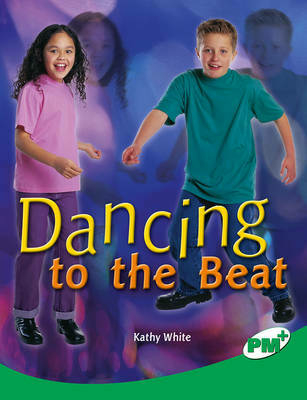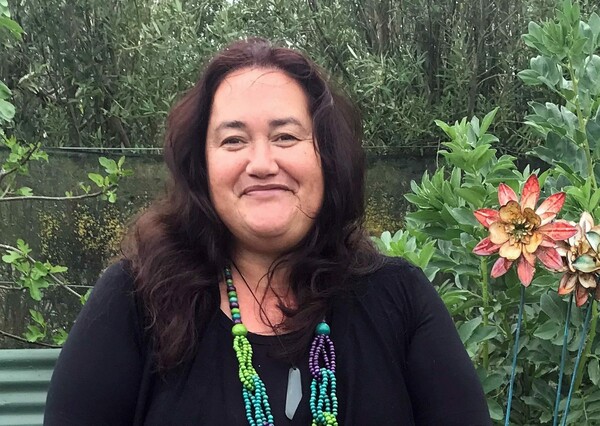
Kathy White

Kathy’s books (7)
ABOUT THE AUTHOR
White, Kathy (1966-) is a children’s book writer.
Kathy White is a significant figure in educational publishing in both New Zealand and Australia. She writes fiction, plays, and non-fiction.
Her books include Alex and Josie (2002), Problem Cat (2002), Music Technology, Dancing to the Beat and Dolphins (all 2003), The South Pacific, A Hairy Tale (2004), Little Green Riding Hood (2006), Animal Heroes, Wildlife on Film, Brilliant Blunders, and Muffin Magic (2008). Writing under the name of Kathy Haddon she published Birkenhead: The Way We Were (1993).
White's published work has appeared in the New Zealand School Journal as well as the Pearson magazines Comet, Explore and Challenge. For Explore she created her well-known character Astra, a time-travelling reporter who has featured in the magazine since 1998. She has written fiction, plays and non-fiction for the Connected Journal (New Zealand) and the School Magazine (Australia).
White was born in Liverpool and immigrated to New Zealand in 1971. Professionally she has worked as a writer, a librarian and children's services coordinator, as well as in book sales and as a book reviewer and magazine writer.
Kathy White lives in Taupō and participates in Writers in Schools.
WRITERS IN SCHOOLS INFORMATION
Kathy White is available to visit schools in the wider Taupo area as part of our Writers in Schools programme. She is happy to speak to students aged 7 and above about writing, childrens books in general, the publishing process, and her job and life. She will speak to classes of any size, as long as there are staff present. She is prepared to run workshops by prior arrangement.













